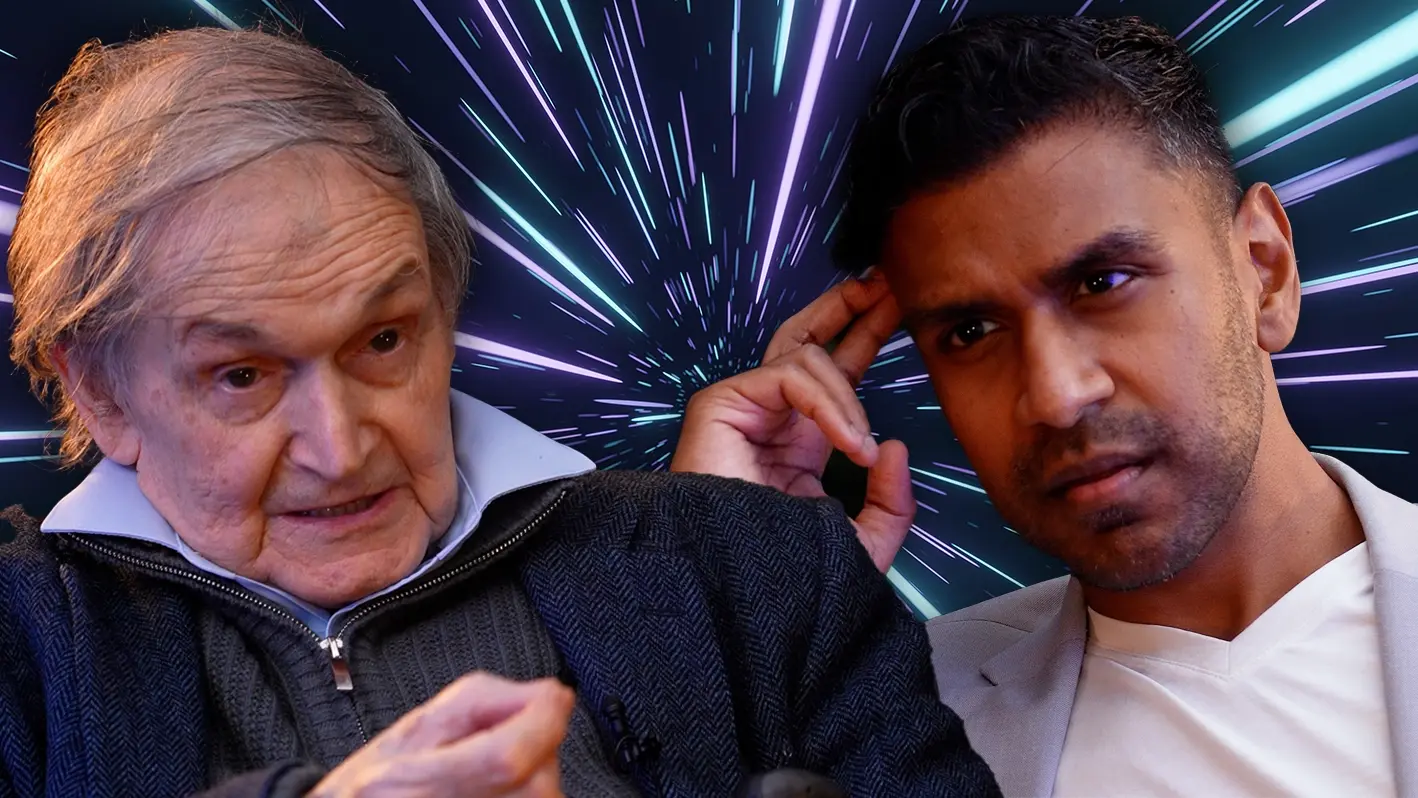The so-called Copenhagen interpretation has long been taught as quantum physics’ reigning orthodoxy, a neat tale of collapsing wavefunctions and observer-dependent reality. But the history tells a stranger story. Noemi Bolzenetti, Utrecht University Historian and Philosopher of Science, reveals the patchwork of competing ideas, stitched together into a myth that still dominates textbooks and surveys today. Unpacking Bohr and Heisenberg’s actual disagreements reveals not closure, but a richer set of puzzles still waiting to be faced.
1. Introduction
What if the most famous interpretation of quantum physics never actually existed? We have been taught to picture Niels Bohr as the father of a mysterious doctrine called Copenhagen interpretation, where quantum reality collapses under the gaze of an observer. But dig into the historical record and a very different picture emerges: not a single doctrine, but a patchwork of views occasionally in tension with one another and developed over decades. The actual story is stranger and more revealing than the myth.
But first, a reminder for readers of one of the quantum riddles we are going to deal with in this article. In typical textbook quantum mechanics, a quantum system can be described by a wavefunction—a mathematical object that fully encodes the state of the system—as a superposition of possible states. This means, for instance, that an electron can be described as being in multiple positions at once, each position associated with a certain probability of being measured. The evolution of this wavefunction through time is continuous, or “smooth,” and deterministic, governed by the Schrödinger equation. Yet, when we measure the position of an electron (or, as it is sometimes said, “look” at it), what we get is one definite location, not a superposition. One might say that the wavefunction appears then to “collapse” to a single definite outcome. This marks a discontinuity: a shift from the smooth, probabilistic evolution of the wavefunction to a single definite outcome, an abrupt jump. Why this happens, or how, is one of the riddles of quantum mechanics.
2. The strawman game
There is a game with simple rules and an almost guaranteed victory. It is called the strawman game. The game is played by conjuring two reference figures, two clear and distinct images, neatly polarized, and then setting them against each other in an eternal duel: good versus evil, right versus wrong, black versus white—forever blind to the shades of grey.
It is a game we know all too well, one we have learned to recognize, stigmatize, even attack. And yet, even as we recognize it, stigmatize it, and attack it, we keep on playing. July 2025, Nature survey on the interpretations of quantum mechanics: once again, the so-called
Copenhagen interpretation “still reigns supreme.” Yet the poll comes with a footnote: “the Copenhagen interpretation is not a self-consistent interpretation, but has become a popular description for physicists to say they adhere to.” One cannot help but ask: what exactly were the 399 respondents voting for when they picked “Copenhagen interpretation?”
2.1. Playing the game again






















Join the conversation